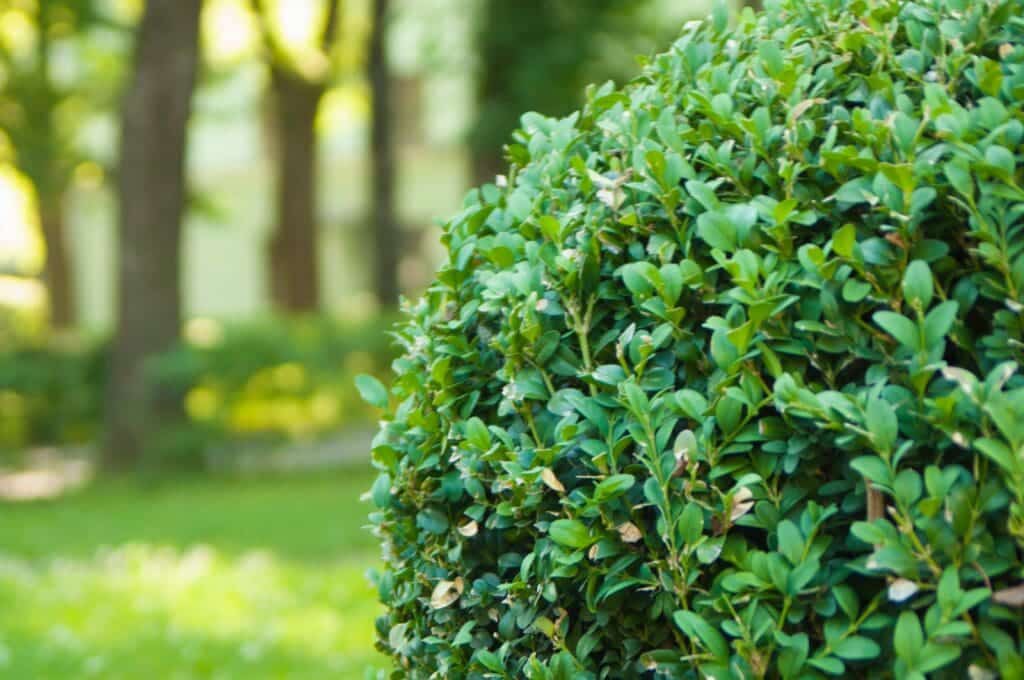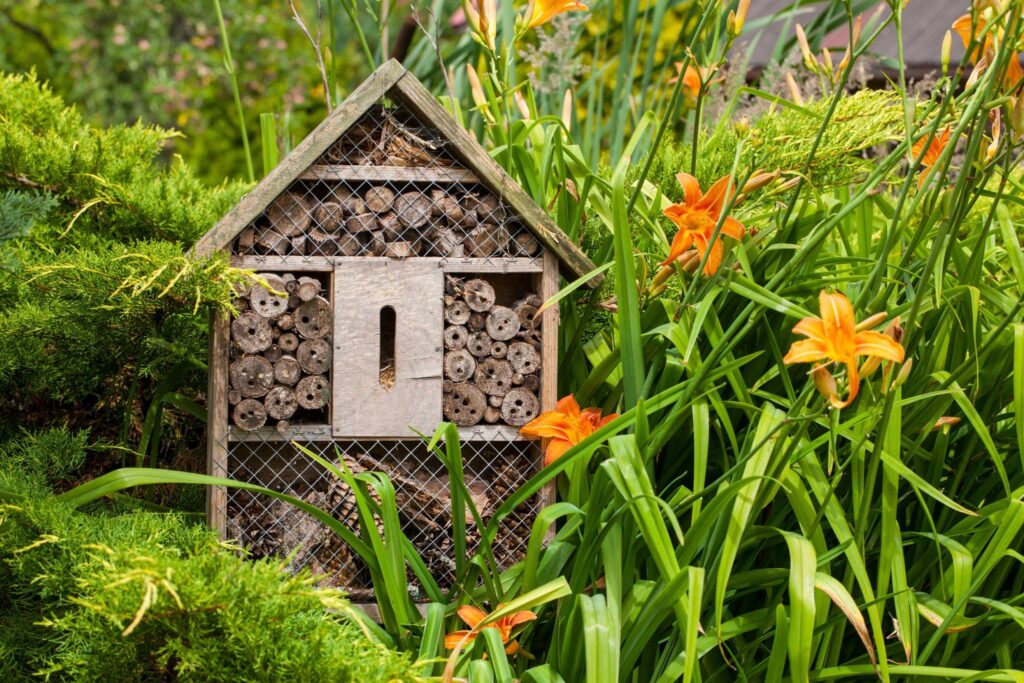
Gauteng, South Africa’s economic heartland, is often associated with urban sprawl, highways, and high-rise buildings. However, amidst the development lies a unique and diverse ecological landscape, home to remnants of the Highveld grasslands, rivers, and wetlands. As urbanization continues to expand, the importance of indigenous gardening has never been greater. By cultivating native plants and creating ecological corridors, we can enhance biodiversity, reduce water consumption, and promote sustainable, low-maintenance gardens.
The Importance of Indigenous Gardening
Indigenous plants are naturally adapted to Gauteng’s climate, soil conditions, and seasonal rainfall patterns. Unlike exotic species, which often require additional watering and fertilization, indigenous plants thrive with minimal intervention. This makes them ideal for home gardens, parks, and public spaces, particularly in a water-scarce country like South Africa.
Creating Ecological Corridors
One of the most powerful benefits of Indigenous gardening is the creation of ecological corridors—connected green spaces that allow wildlife to move freely between habitats. Gauteng’s rapid urban expansion has fragmented natural landscapes, making it difficult for birds, insects, and small mammals to find food, shelter, and breeding grounds. By incorporating indigenous plants into our gardens, we can create a network of green spaces that supports local wildlife and promotes ecological resilience.
Working with Natural Features
Understanding and utilizing Gauteng’s natural features can significantly enhance the effectiveness of an indigenous garden. The province’s landscape is characterized by:
1. Highveld Grasslands
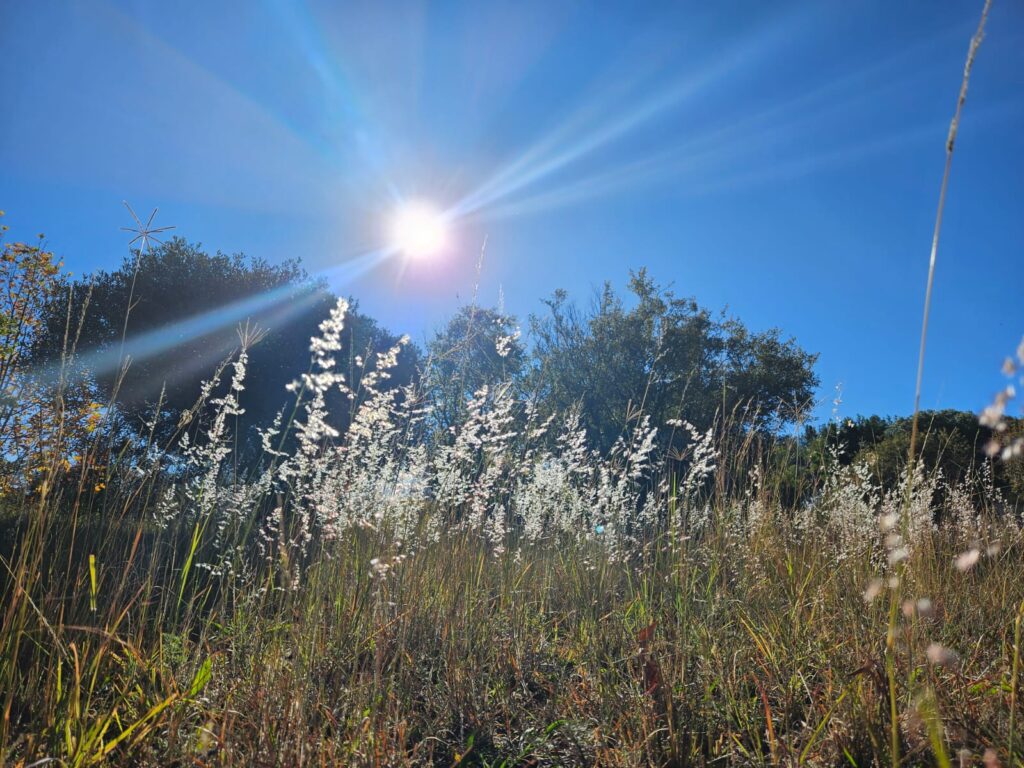
These open, grassy areas support a rich diversity of wildflowers, birds, and pollinators. Planting species like red hot pokers (Kniphofia uvaria), wild iris (Dietes grandiflora), and African daisies (Arctotis spp.) can help restore these ecosystems.
2. Rocky Outcrops and Ridges
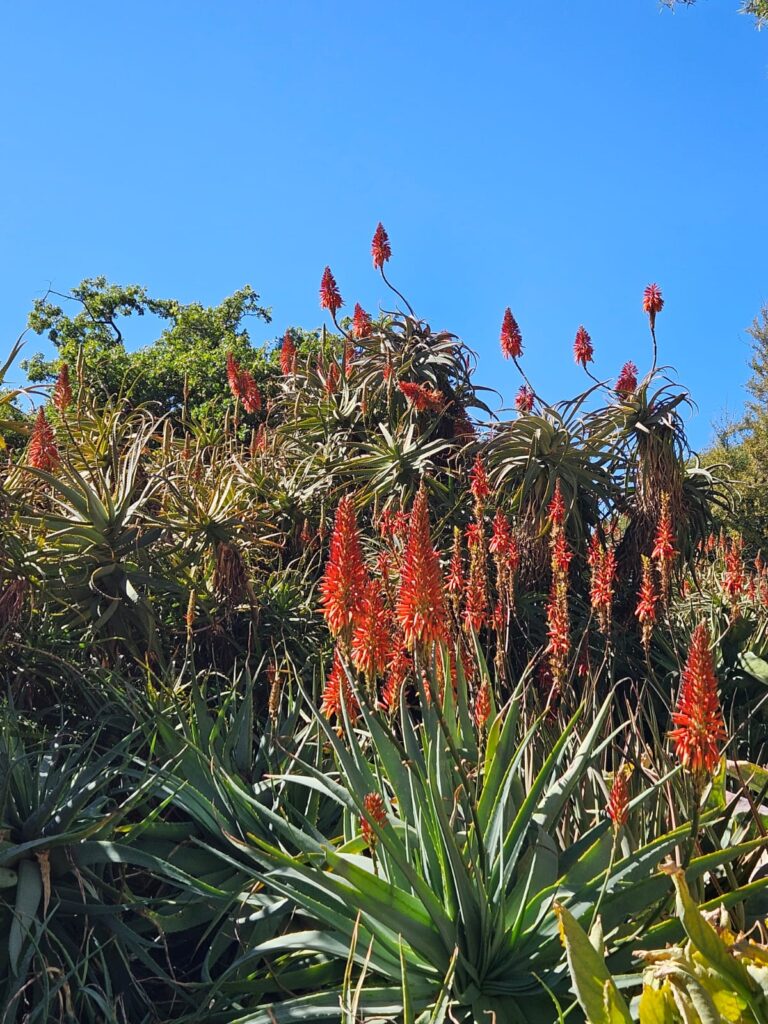
Gauteng has many rocky areas that are home to resilient plant species like aloes (Aloe spp.), wild olives (Olea europaea subsp. africana), and spekboom (Portulacaria afra). These plants are not only drought-tolerant but also provide food and shelter for wildlife.
3. Wetlands and Rivers
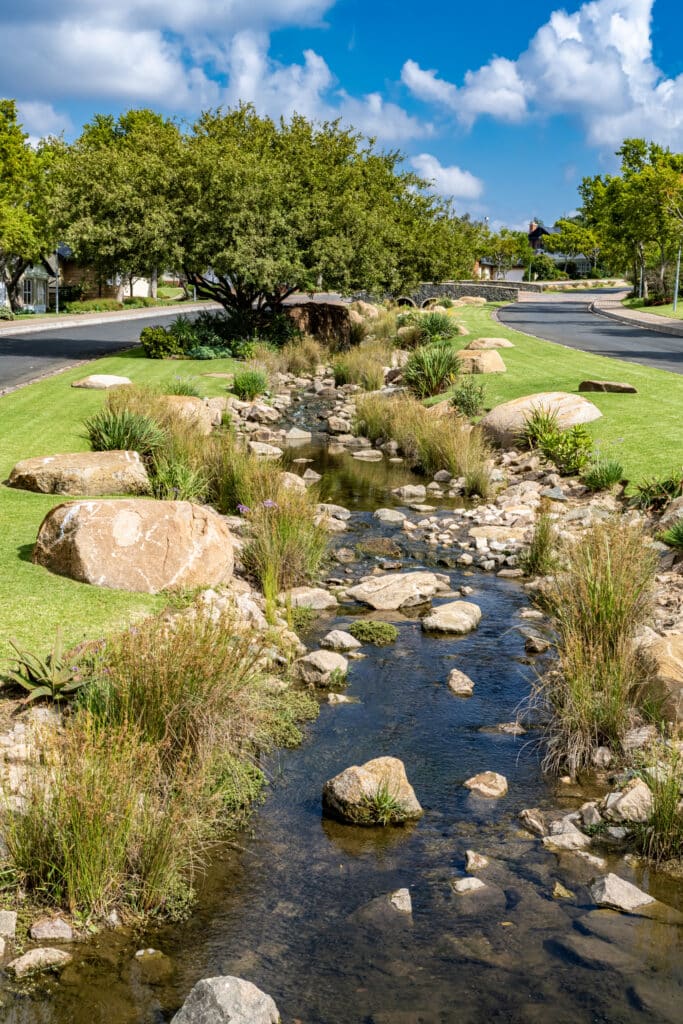
Natural water sources attract birds, amphibians, and aquatic insects. Indigenous reeds, bulrushes (Typha capensis), and wild figs (Ficus sur) can help stabilize wetland areas and improve water quality.
Boosting Biodiversity
Indigenous gardens serve as mini-ecosystems, supporting a diverse range of species. By planting a variety of native flora, you can attract pollinators such as bees and butterflies, insect-eating birds like wagtails and sunbirds, and small mammals such as hedgehogs. Key ways to boost biodiversity include:
- Planting layered vegetation: Using a mix of ground covers, shrubs, and trees mimics natural habitats and provides shelter and food for different species.
- Leaving natural mulch and deadwood: Fallen leaves, twigs, and logs create microhabitats for insects and fungi, which are crucial for healthy soil.
- Avoiding pesticides and herbicides: These chemicals harm beneficial insects and disrupt the food chain. Instead, encourage natural predators like ladybugs and praying mantises to control pests.
Reduced Watering and Maintenance
One of the greatest advantages of indigenous gardening is its low water and maintenance requirements. Since these plants have evolved to survive in Gauteng’s climate, they require far less water than exotic species. Some key strategies for a water-wise garden include:
- Using drought-resistant plants: Species like wild garlic (Tulbaghia violacea), silver trees (Leucadendron argenteum), and agapanthus (Agapanthus spp.) thrive with minimal watering.
- Mulching: Applying a thick layer of organic mulch around plants reduces water evaporation, suppresses weeds, and enriches the soil.
- Rainwater harvesting: Collecting rainwater in tanks or using permeable paving helps reduce reliance on municipal water supplies.
Conclusion
Indigenous gardening in Gauteng is more than just a landscaping trend—it’s a commitment to sustainability, conservation, and biodiversity. By embracing local plants, working with natural features, and creating ecological corridors, we can transform our urban spaces into thriving natural sanctuaries. Whether you have a small balcony or a large garden, every indigenous plant contributes to a greener, more resilient future for Gauteng’s environment and its inhabitants.
At Life Landscapes, we are passionate about creating sustainable green spaces that align with South Africa’s unique environmental conditions. Whether it’s for corporate landscapes, schools, or public spaces, our landscaping solutions prioritize ecological balance, biodiversity, and long-term sustainability.
Discover how we bring nature and sustainability together in our Landscaping Maintenance Services.
